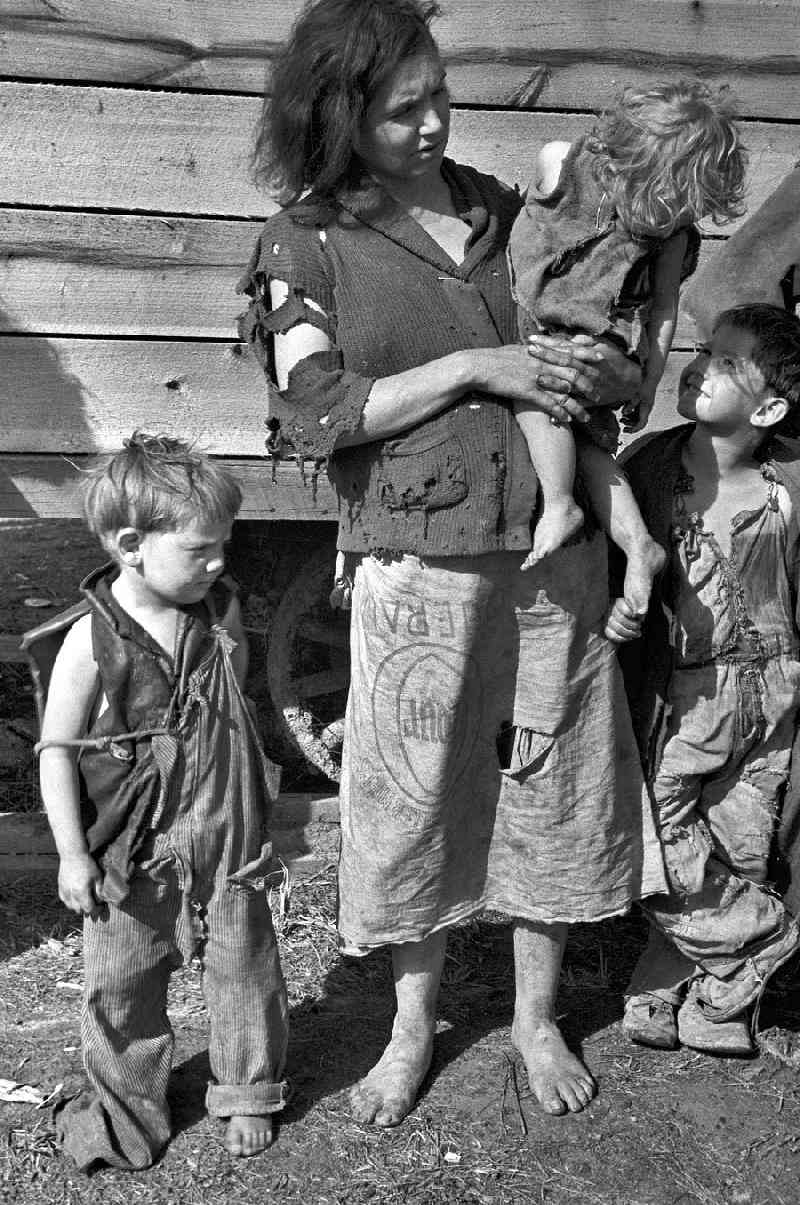
Figure 1.--The FSA-SPS caption read, "Mother and baby of family of nine living in field on U.S. Route 70 near the Tennessee River." The photograph was taken in March 1936. Source: Carl Mydans, Farm Security Administration. |

|
A small effort conducted by the FSA was to document Americans living in poverty in rural areas by creating a photographic record. Rexford Tugwell as Resettlement Administration (RA) Director set up an Information Division. He chose Roy Emerson Stryker to head a Special Photographic Section (SPS). Stryler continued to lead the effort when the RA was merged into the FSA (1937). Its purpose was to document rural conditions and to promote the programs of the RA.
The FSA-SPS photograohers noy only recorded the plight of Americans during the Great Depression and in the process captured some of the most poignant photos of the era.
Rexford Tugwell as Resettlement Administration (RA) Director set up an Information Division.
Tugwell chose Roy Emerson Stryker to head a Special Photographic Section (SPS). Stryler continued to lead the effort when the RA was merged into the FSA (1937). Its purpose was to document rural conditions and to promote the programs of the RA/FSA.
The SPS photographers during the 8-years the SPS functioned, not only recorded the plight of Americans during the Great Depression and in the process captured some of the most poignant photos of the era. They captured images of Americans, American culture, and American landscape. The SPS created a collection of 77,000 black-and-white documentary still photographs. SPS photographers beginning in 1939 began working in color, creating 644 color images. The SPS's documentary project continued for 1-year after the unit moved to the Office of War Information (1942). The result is a remarkable set of photographs of great historical significance. The images provide a invaluable visual record of Americans at home, at work, and at play, with an emphasis on rural and small-town life and the adverse effects of the Great Depression, the Dust Bowl, and farm mechanization. Some of the most famous images portray Americans ho were displaced from farms and migrated West or to industrial cities in search of work. The final period captured imsages of America's mobilization for World War II.
Under Roy Stryker's direction, 22 photographers were employed. Arthur Rothstein and Dorthea Lange are the two best known SPS photographers. Other photographers included: Walker Evans, Russell Lee, Carl Mydans, Gordon Parks, Ben Shahn, John Vachon, and Marion Post Walcott. The images they created put a face on the Great Depression.
The SPS images appeared in magazines and newspapers as Americans debated the Depression and how to address the Great Depression. They thus had an impact on public opinion. Arthur Rothstein's photograph of an Oklahoma man and his son struggling against dust-laden winds is the most poweful image of the Dust Bowl. Dorothea Lange's powerful image of an Oklahoma migrant worker in California put a face on the individuals who lives were marred by the Depression.
Because of the impact of the photographs, the program drew the ire of Congrsssional Republicans who attempted to restrict the funding and eventually kill the program. This became a real problem after the Comgressional by-election in 1938 returned many Republicans and conservative Democrats to Congress. The collection might well have been lost had it remained in the Agriculture Department, but the program afministers managed to transfer the archive to the Library of Congress. Dorothea Lange went on to become one of the most significant American photographers. She later worked for the War Relocation Authority (WRA). She is particularly know for her photographs of the Japanese Americans intened during World War II.
Navigate the Children in History Website:
[Return to Main FSA page]
[Return to Main New Deal government role page]
[About Us]
[Introduction]
[Biographies]
[Chronology]
[Climatology]
[Clothing]
[Disease and Health]
[Economics]
[Geography]
[History]
[Human Nature]
[Law]
[Nationalism]
[Presidents]
[Religion]
[Royalty]
[Science]
[Social Class]
[Bibliographies]
[Contributions]
[FAQs]
[Glossaries]
[Images]
[Links]
[Registration]
[Tools]
[Children in History Home]
